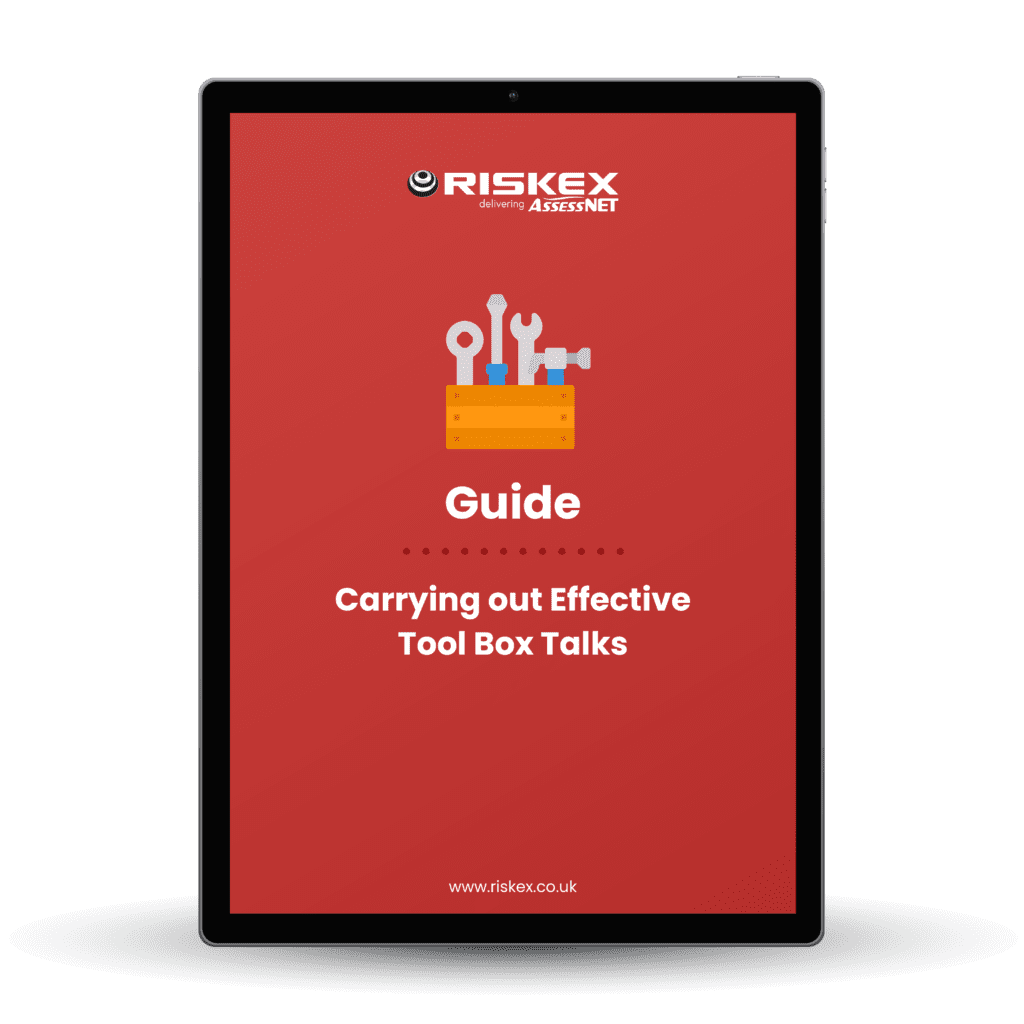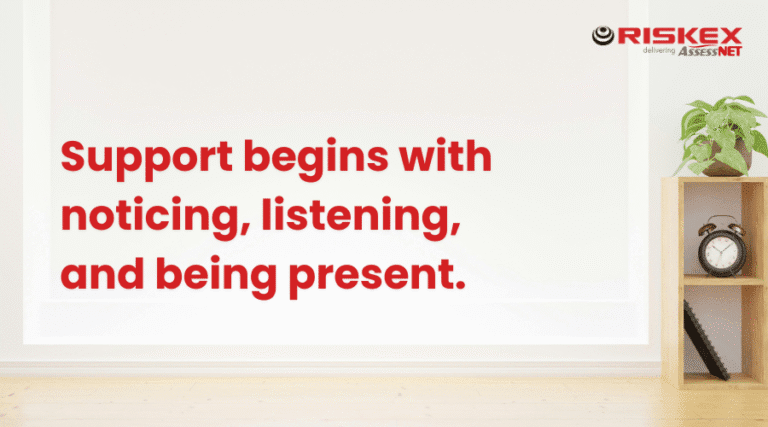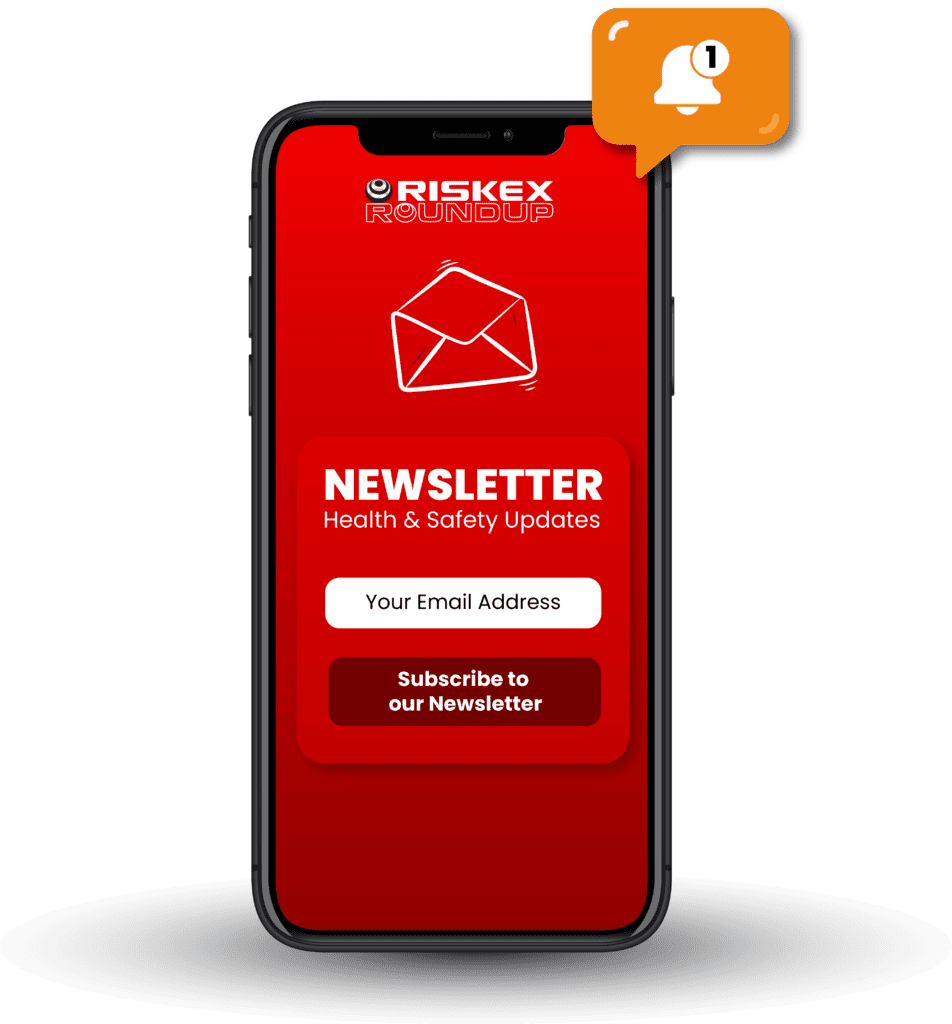Training methods for ensuring your team uses correct lifting techniques
Manual handling injuries account for a significant portion of workplace accidents each year. Approximately 21% of workplace injuries in the UK are directly tied to manual handling tasks like lifting, carrying or moving loads. Around 300,000 people annually in the UK suffer from back pain due to manual handling injuries.
From warehouses to offices, incorrect lifting, carrying, or moving of loads can lead to musculoskeletal disorders, absenteeism, and costly compensation claims.
This article explores practical and effective training methods that will help you instil safe manual handling behaviours in your workforce.
Start with a Risk Assessment
Before rolling out any training programme, begin by assessing the specific manual handling risks in your workplace.
Consider the TILEO principles:
- Task – Is the movement repetitive, strenuous, or awkward?
- Individual – Does the person have any limitations, such as age, experience, or pre-existing conditions?
- Load – What’s the weight, shape, or stability of the object?
- Environment – Are there uneven floors, tight spaces, or poor lighting?
- Organisational Factors – Time pressures, lack of breaks, or inadequate supervision.
Use this assessment to tailor your training so it’s task-specific, relevant, and engaging for staff.
Use a blended learning approach
Effective training combines theory with practical application. Consider a mix of formats to suit different learning styles and ensure lasting impact.
Face-to-face practical training
Practical training allows employees to physically rehearse proper lifting techniques, with guidance from a qualified instructor. This method helps:
- Correct unsafe habits in real-time
- Build muscle memory for safe movements
- Give staff confidence to ask questions
Core techniques should include:
- Planning the lift and assessing the load
- Using a stable stance with feet shoulder-width apart
- Bending the knees, keeping the back straight
- Keeping the load close to the body
- Avoiding twisting or overreaching
Incorporate task-specific scenarios using real equipment or loads.
E-Learning for theory
While practical sessions are essential for building muscle memory, eLearning is a powerful tool for delivering consistent, flexible, and up-to-date health and safety knowledge.
Platforms like AssessNET’s Training Management system allow employees to complete modules at their own pace , which is ideal for teams with shift work or those spread across multiple locations. Everyone receives the same high-quality training, regardless of where they are or when they’re working.
Here are some core benefits:
- Flexibility – Training fits around operational schedules with minimal disruption.
- Compliance tracking – Progress, completion, and certification records are logged automatically, supporting audit readiness.
- Cost-efficiency – Reduces travel, venue, and material costs linked with traditional training.
- Scalability – Easily deploy training to 10 or 10,000 employees, ensuring consistency across the board.
- Engagement and retention – Interactive formats help staff retain information better than static materials.
- Insight-driven improvements – Dashboards and reporting tools provide visibility on knowledge gaps and training effectiveness.
With AssessNET, you can also customise pre- and post-training questionnaires, track learning outcomes, and conduct gap analysis, all within the same intuitive system.
On-the-job coaching
After formal training, embed the learning by encouraging supervisors or managers to:
- Observe manual handling practices
- Offer real-time feedback
- Correct improper techniques before they become habits
This creates a coaching culture and shows staff that lifting safely is a daily expectation, not a one-off training topic.
Toolbox talks and refresher sessions
Don’t let manual handling training become a tick-box exercise. Instead, integrate it into ongoing communication.
Toolbox talks are short, focused discussions delivered by supervisors or H&S leads. Use them to:
- Revisit lifting principles
- Discuss a recent near-miss or injury (in a learning-focused way)
- Reinforce the importance of reporting unsafe conditions

Guide: Carrying out Effective Tool Box Talks
Download our comprehensive guide now to master the art of delivering effective toolbox talks and ensure a safer, more engaged team.
Refresher training should be scheduled annually, or sooner if:
- There’s been an incident
- Staff have changed roles
- You introduce new equipment or procedures
Use visual aids and signage
Reinforce training passively with visible reminders in key locations.
- Posters near storage areas showing lifting steps
- Floor markings to define safe zones for lifting
- Infographics illustrating TILEO or do’s and don’ts
- Looping safety videos in staff break areas or on tablets
Tip: Visual aids are especially helpful for multilingual teams or those with lower literacy.
Train manual handling champions
Designate one or more team members as Manual Handling Champions – trusted peers who reinforce correct techniques and act as a point of contact.
Champions can:
- Deliver informal reminders and toolbox talks
- Report hazards or unsafe practices
- Support new starters during induction
This peer-to-peer approach often resonates more with frontline staff than top-down instructions.
Review and evaluate training effectiveness with data
How do you know your training is working?
Monitor:
- Incident reports and near-miss data
- Sickness absence due to strains or back pain
- Staff feedback on training relevance
- Observed behaviour on the floor
Use these insights to adjust and improve your training methods regularly.
Build a safety-first culture
Training is most effective when it’s part of a wider culture of care and responsibility.
This means:
- Management leading by example
- Open reporting without blame
- Recognising good practice
- Encouraging continuous improvement
Investing in the right training methods helps protect your team from injury and ensures your business stays compliant. By using a mix of theory, practical, visual, and peer-led approaches, you can create a workforce that lifts safely and confidently.
Take control of staff Training with AssessNET’s Training Management Module
Managing training across teams and locations doesn’t have to be difficult. The AssessNET Training Management Module makes it simple to plan, track, and manage all your workplace training from one central system.
Here are some key features:
- Schedule and track training sessions
- Automate reminders and expiry alerts
- Identify training gaps
- Capture digital sign-offs
- Generate compliance reports in seconds
Want to Go Further?
Add our eLearning bolt-on to deliver accredited Health & Safety, HR, and Soft Skills courses fully integrated within the same system.
It’s flexible, fully trackable, and ideal for dispersed or shift-based teams.






